From record-breaking blizzards in upstate New York and devastating wildfires in California to powerful hurricanes off the coast of Florida, natural disasters are increasingly wreaking havoc on communities throughout the United States.
Severe weather poses a particular risk for people living with disabilities as the routines and infrastructure they depend on are dangerously disrupted. Impassable roads can prevent critical supplies such as prescription medicine or caregiving help from arriving. A lack of transportation may thwart the ability to quickly evacuate. Power outages can prove catastrophic for those who depend on ventilators.
It is critical that people living with paralysis plan today for tomorrow’s challenges. The chaos and destruction caused by a natural disaster may feel too overwhelming to even imagine –but the reality will be even more terrifying if encountered unprepared. Before a crisis is underway, take time to identify and prepare for the risks likely to affect your community. Knowing what to do, before, during and after an emergency will help keep you independent, healthy, and safe.
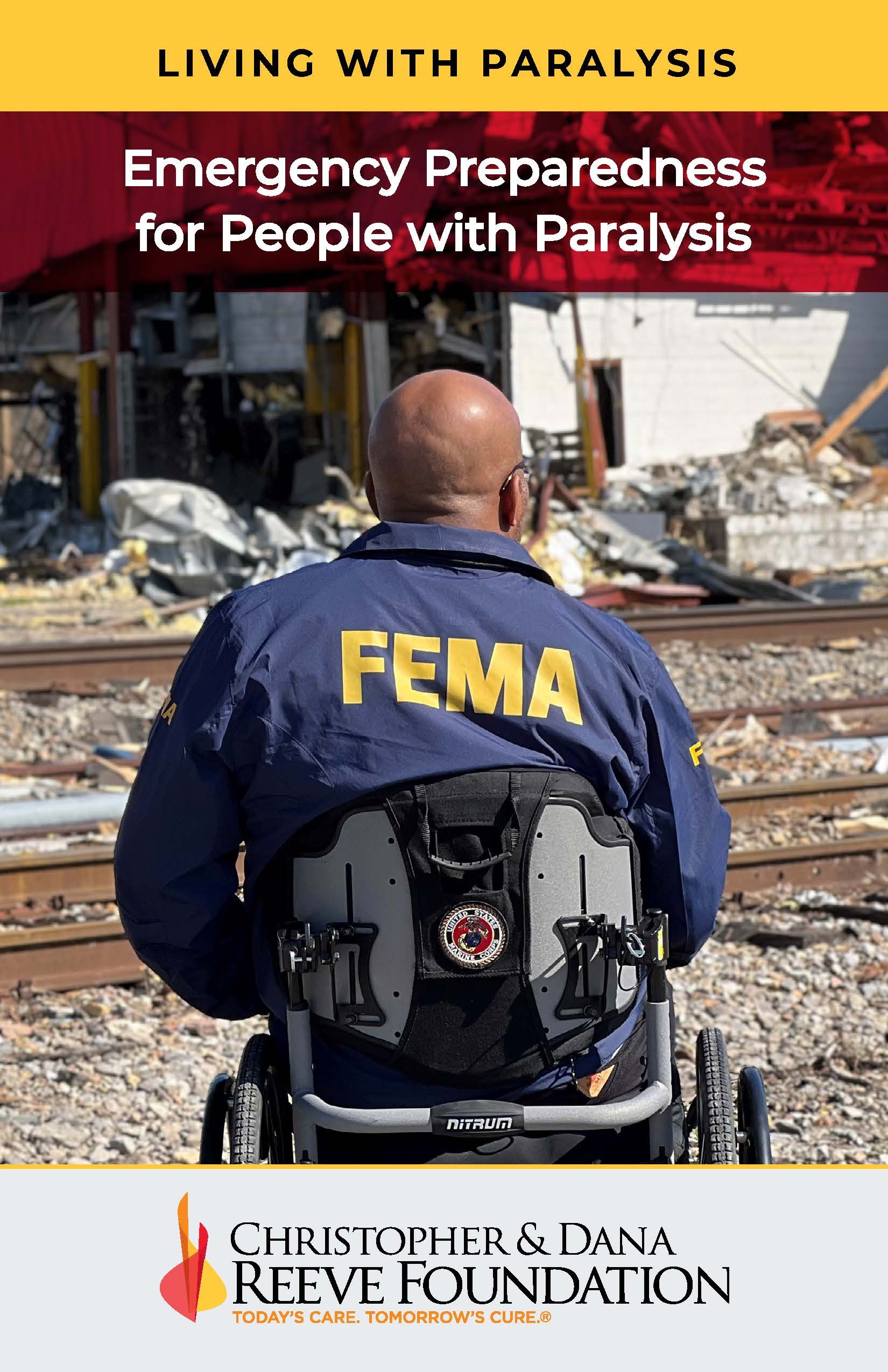
Assess Your Needs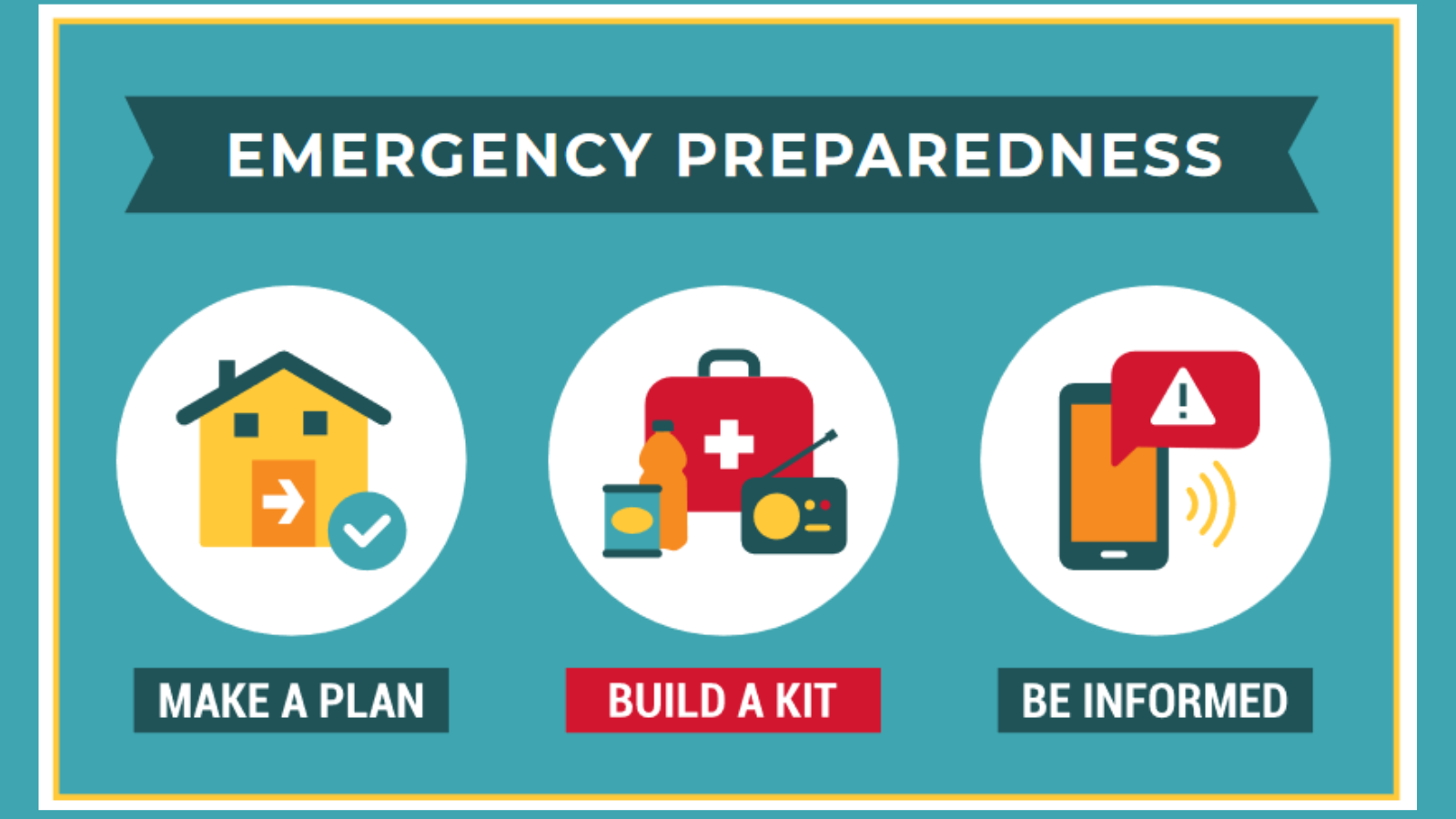 Keep a detailed journal for one week to track the supplies, resources, and routines that are critical to your daily function. Do you use adaptive utensils to eat? Is your wheelchair electricity-dependent? Does a baclofen pump help you manage spasticity? Can you get out of bed on your own if local roads are closed and your caregiver cannot reach you?
Keep a detailed journal for one week to track the supplies, resources, and routines that are critical to your daily function. Do you use adaptive utensils to eat? Is your wheelchair electricity-dependent? Does a baclofen pump help you manage spasticity? Can you get out of bed on your own if local roads are closed and your caregiver cannot reach you?
Chronicle every aspect of your life — big and small, within the home and beyond — and use these notes to create contingency plans for an array of worst-case scenarios.
Understand Your Risks
Location matters. Whether you live in a seaside town prone to flooding and hurricanes or within a mountain range beset by wildfires, severe weather can instantly upend a carefully managed life. Begin planning for future emergencies with help from the Federal Emergency Management Agency (FEMA) National Risk Index a searchable map that compiles natural hazard data by region. Once you have identified your local risks, use the disaster-specific tips outlined in the Weather Hazards section of this booklet to understand what to do before, during and after any severe weather events.
If you live in a high-risk region prone to repeated storms, consider purchasing rental or homeowners’ insurance to match the risks you face. For example, California residents may benefit from earthquake insurance, while those in the Midwest might consider tornado protection. To manage the costs of persistent floods, contact local government officials to determine whether your community participates in the National Flood Insurance Program or NFIP, managed by FEMA: if so, you may be eligible to purchase federally backed flood insurance.
No matter where you live, or what risks you face, preparing for emergencies now will better protect you and your family down the road.
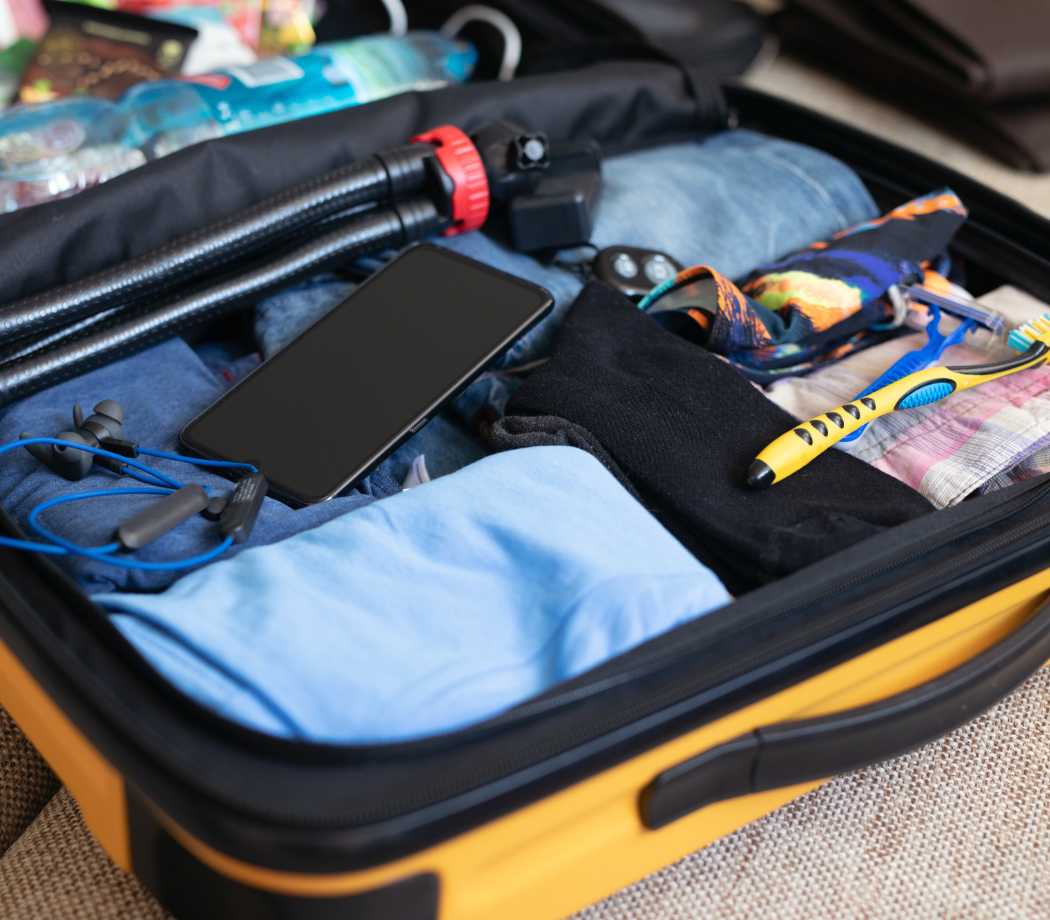
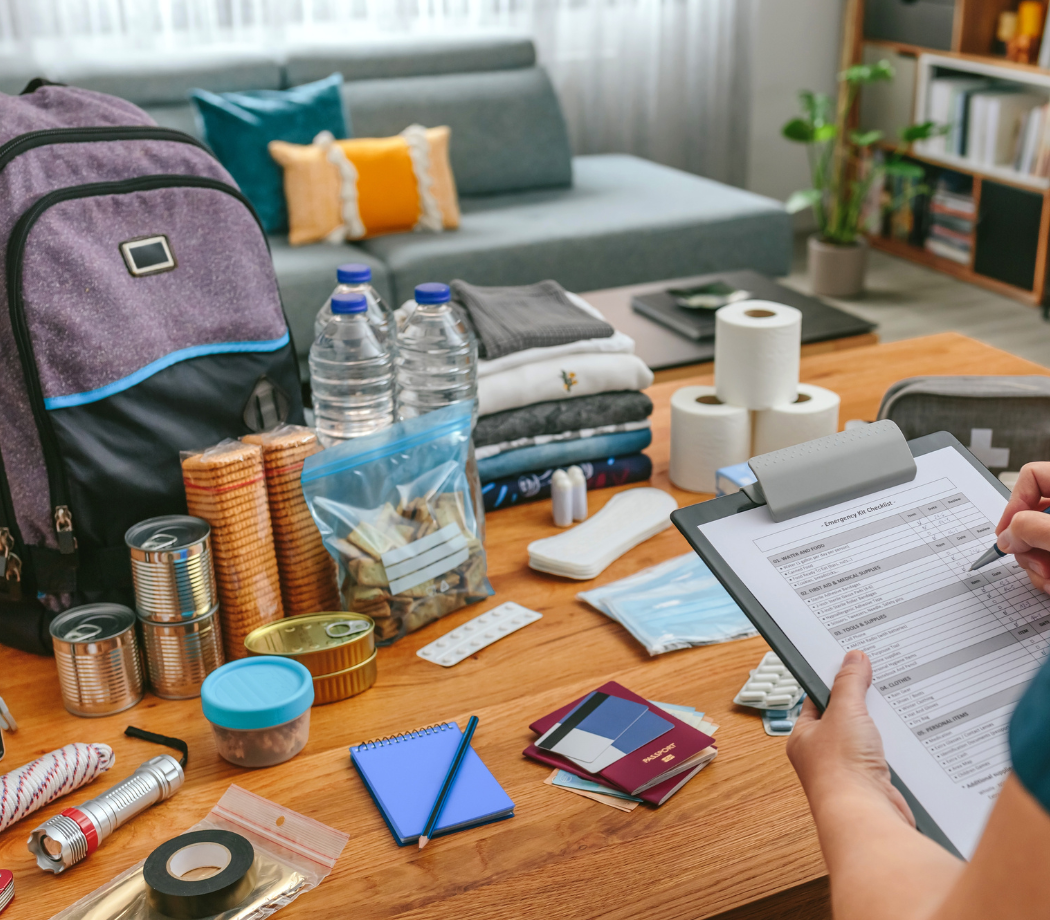
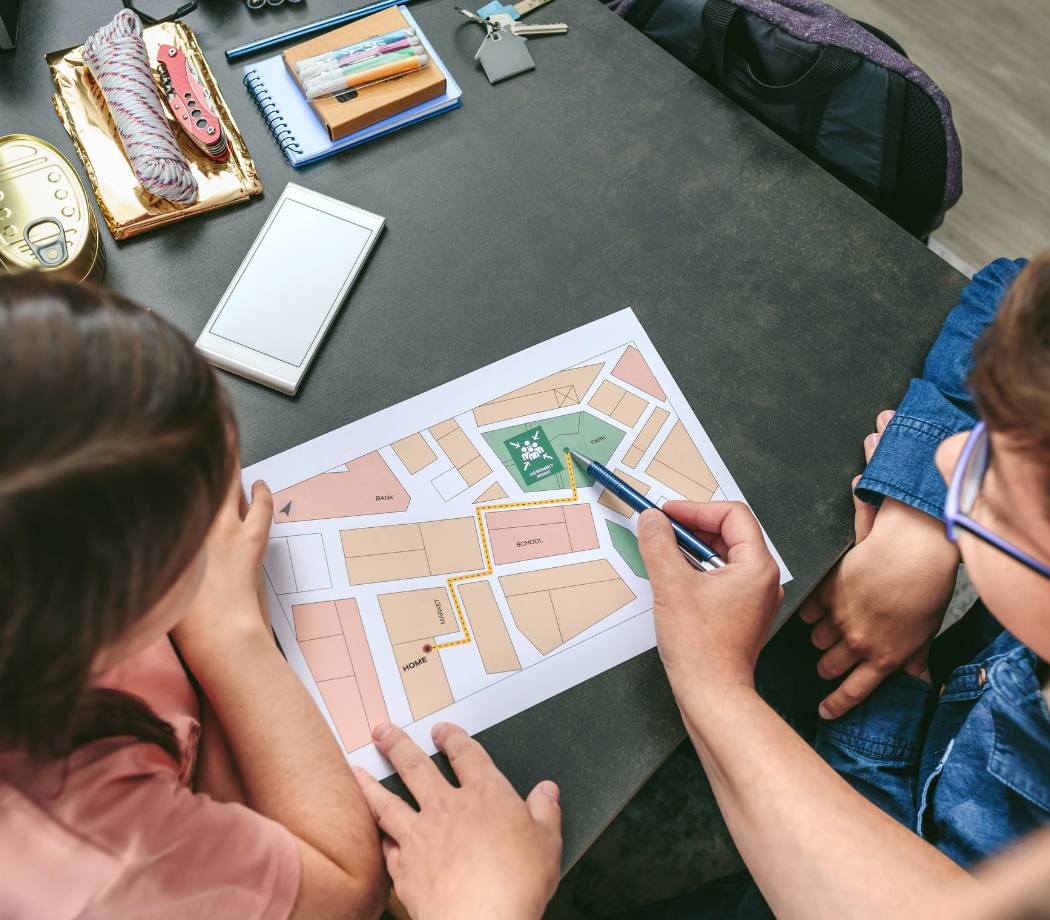

Tips to Prepare for Any Emergency
Emergencies and disasters can strike quickly and without warning, forcing people to leave or be confined in their homes unexpectedly. For the millions of Americans who have disabilities, situations such as wildfires, floods, hurricanes, and other emergencies can present dangerous, even life-threatening challenges.
Protect your pet during a disaster by planning ahead. All animals should wear collars and tags with up-to-date name and owner contact information. Be ready for the worst-case scenario: include your contact information on your pet’s crate or carrier and carry a photo of your pet in case you are separated during evacuation.
Pack an emergency evacuation kit for your pet, including:
Emergency shelters must admit service animals, but pets might not be allowed. Identify accessible hotels or motels beyond the storm radius where you will be able to stay with your pet during an emergency. Visit websites such as BringFido or the American Kennel Club, to find pet-friendly national hotel chains and properties near you.
With your go bag packed and home emergency kit ready, you’ve taken critical steps to stay safe during severe weather events. Now, understand how to best communicate during a storm and prepare for the specific hazards that affect your region.
Communication Tips
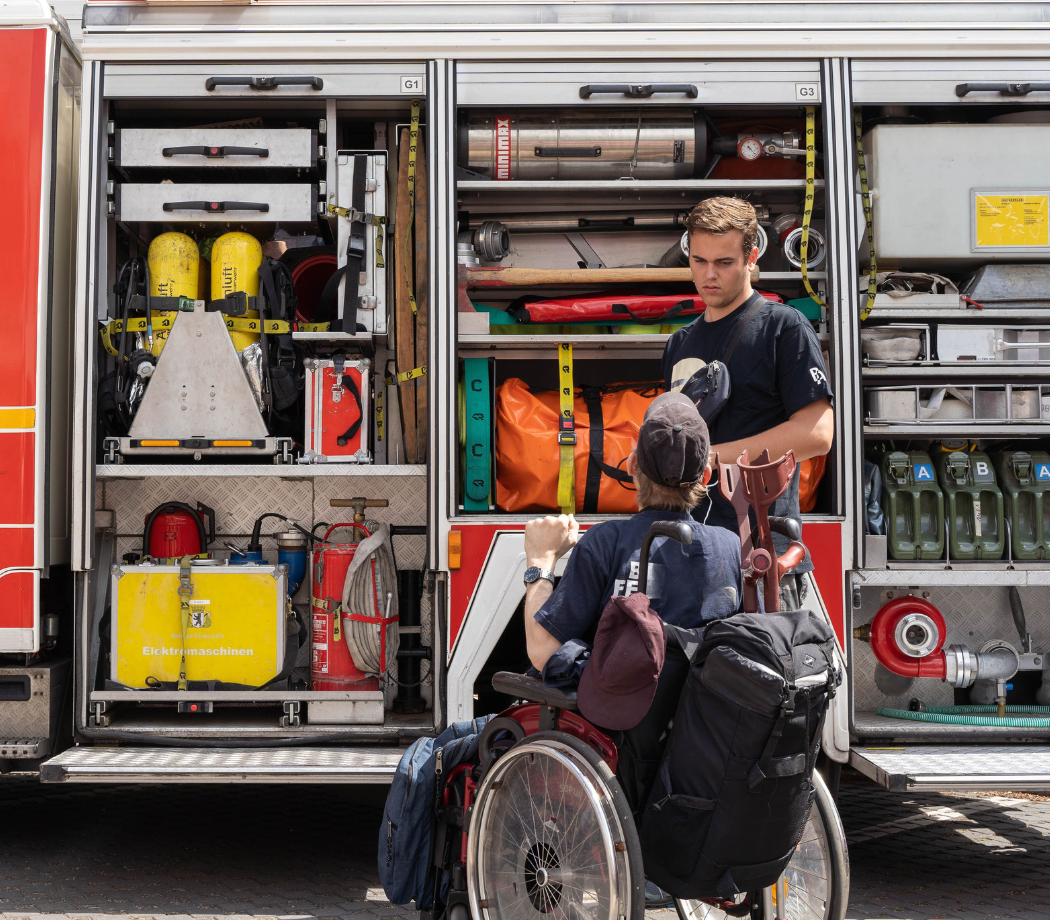
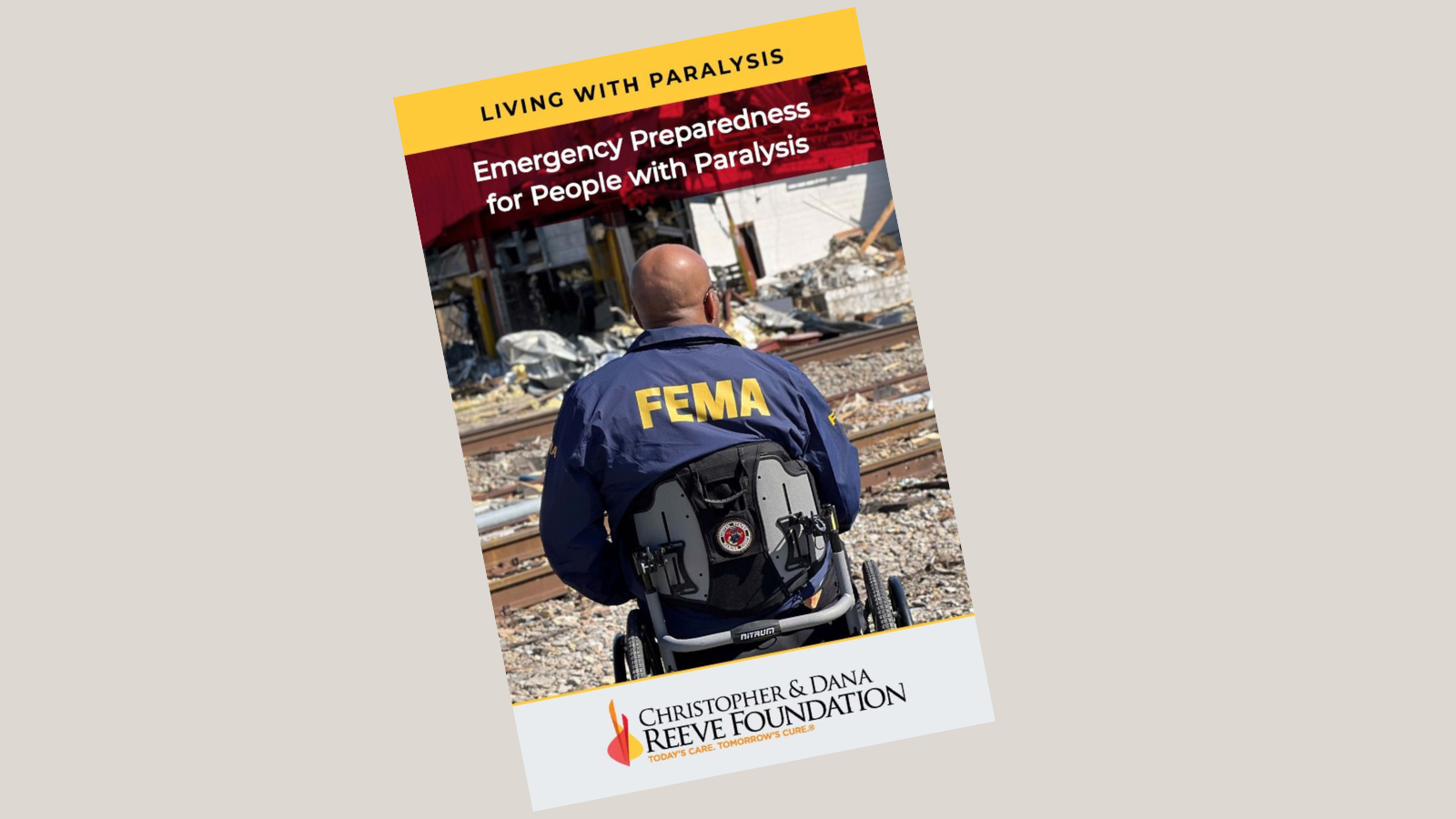
Designed to be one of the most comprehensive, crucial resources that aid national organizations, people living with paralysis, and their caretakers in preparing for emergencies and impending weather.


The National Paralysis Resource Center website is supported by the Administration for Community Living (ACL), U.S. Department of Health and Human Services (HHS) as part of a financial assistance award totaling $10,000,000 with 100 percent funding by ACL/HHS. The contents are those of the author(s) and do not necessarily represent the official views of, nor an endorsement by, ACL/HHS, or the U.S. Government.